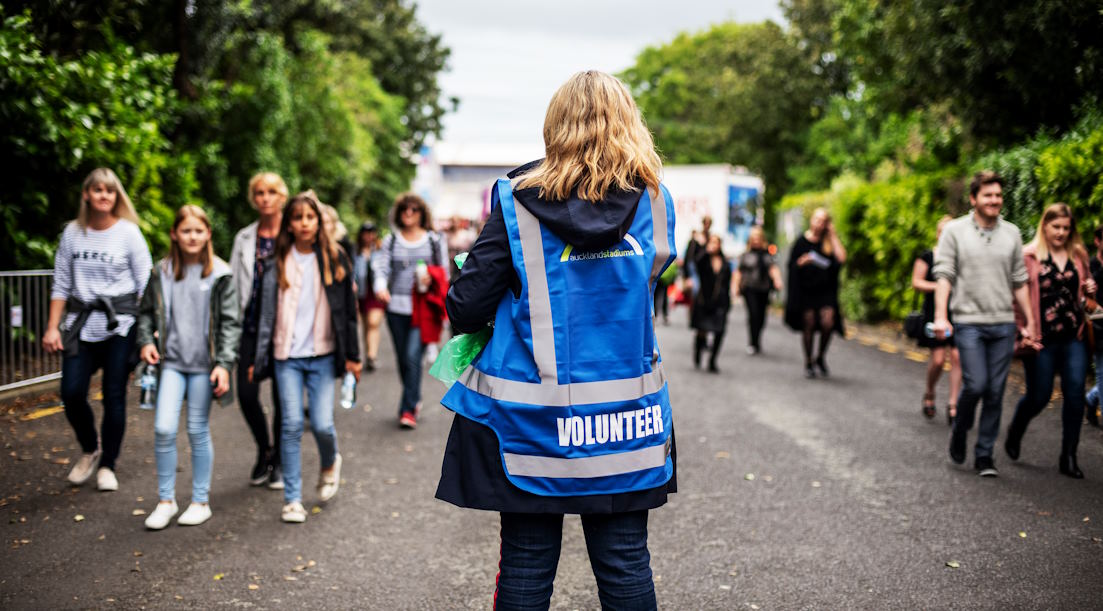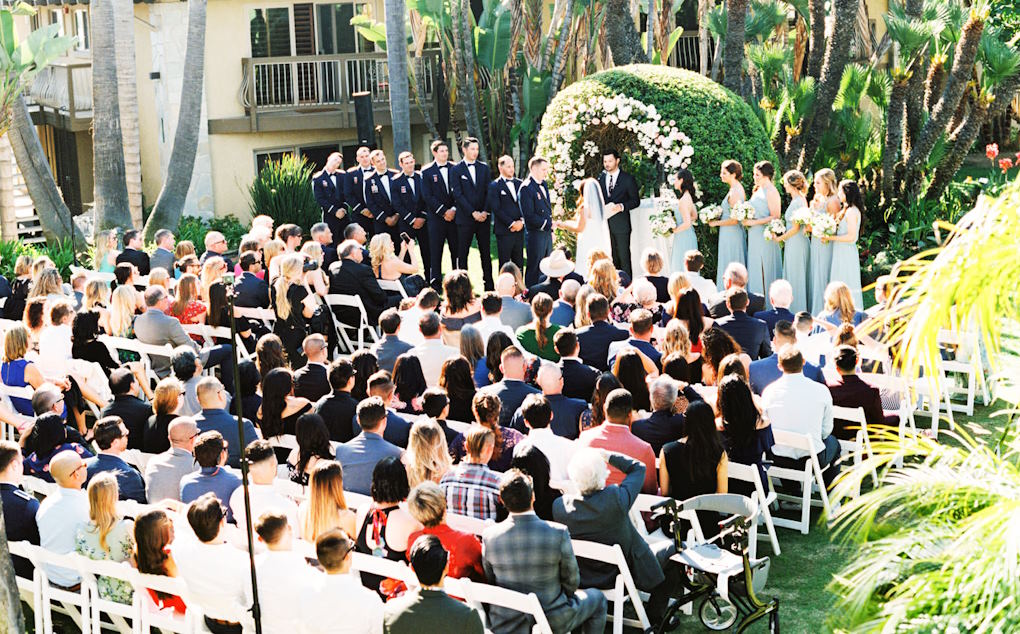Think of managing event volunteers like baking a cake. If you don’t have the right ingredients and follow the recipe, things might not turn out as you hoped. But with a bit of planning and the right approach, you can whip up something amazing!
Understanding Your Volunteer Needs
Before you start sending out volunteer requests, take a step back and think about what you really need for your event. It’s like setting up a recipe: you have to know the dish you’re making before you can gather the ingredients!
Identify the Scope of the Event:
First things first, what kind of event are you hosting? Is it a small community fair or a large charity gala? The size and nature of your event will determine how many volunteers you need and what roles they will fill. For example, a charity run might need people for registration, water stations, and guiding runners, while a local craft fair might need volunteers for setup, vendor assistance, and cleanup.
Define Volunteer Responsibilities:
Once you have a list of roles, write clear job descriptions for each one. Think of it like giving directions on a road trip—everyone needs to know where they’re going and what they’ll be doing. For instance, if a volunteer’s role is to manage the registration desk, make sure they know they’ll be greeting guests, checking them in, and handing out event materials.

Assess Skills and Interests:
Not all volunteers will have the same skills or interests. Some might love working with people, while others prefer behind-the-scenes tasks. Matching volunteers’ skills with your needs is like pairing a wine with dinner—you want the best fit for a perfect experience. You can ask potential volunteers about their skills and interests in your application form or during interviews.
| Role | Responsibilities | Skills Needed |
| Registration | Check-in guests, distribute materials | Communication, Organization |
| Setup Crew | Arrange chairs, set up decorations | Physical endurance, Attention to detail |
| Guides | Assist guests, answer questions | Friendly demeanor, Knowledgeable about the event |
Recruiting Volunteers
Now that you know what you need, it’s time to find those amazing volunteers who will make your event a hit. Think of this step as creating a “Help Wanted” sign for your event—how can you get people excited to join in?
Where to Find Volunteers:
You can find volunteers in many places! Social media is a great starting point—post about your event on Facebook, Instagram, or Twitter. Local community boards, schools, and volunteer organizations can also be useful. It’s like casting a wide net when fishing—you want to reach as many potential volunteers as possible.
How to Appeal to Potential Volunteers:
Craft a message that’s both engaging and informative. Highlight the benefits of volunteering, like the chance to meet new people, gain experience, or give back to the community. Your message should be enthusiastic and inviting, just like a friendly invitation to a fun gathering.
Application Process:
Keep the application process simple and straightforward. You don’t want potential volunteers to get discouraged by a long, complicated form. Provide clear instructions and deadlines so everyone knows how to apply and what to expect.
Here’s a sample volunteer recruitment post:
Headline: “Join Us for a Fun and Fulfilling Volunteer Experience at [Event Name]!”
Body: “We’re looking for enthusiastic volunteers to help make [Event Name] a success! Get involved, meet new people, and make a difference. Apply now and be part of something special!”
Training and Orientation
You’ve recruited your volunteers—great job! Now it’s time to get them ready for the big day. Think of this step like the rehearsal for a play—everyone needs to know their lines and cues.
Importance of Training:
Training is crucial for ensuring that your volunteers know what’s expected of them and are prepared for their roles. It’s like laying the foundation for a house—if it’s solid, the rest of the building will stand strong.
Creating a Training Program:
Develop training materials like manuals or videos that cover the basics of the event, volunteer roles, and any special procedures. Schedule training sessions so you can walk through these materials with your volunteers. Make it engaging and interactive—this isn’t a lecture, it’s a chance for you to connect with your team.

Conducting Orientation:
During orientation, give an overview of the event and explain each role in detail. Introduce volunteers to each other and to key contacts they can reach out to if they have questions. Make it a fun and informative session that sets a positive tone for the event.
Here’s a quick checklist for your training session:
- Introduction to the event and its objectives
- Detailed explanation of volunteer roles
- Overview of schedule and shifts
- Emergency procedures and contacts
- Q&A session for volunteers
Managing Volunteers During the Event
The big day is here! Managing volunteers during the event is like being the captain of a ship—you need to steer the crew and keep things on course.
Creating a Supportive Environment:
Make sure your volunteers have everything they need to do their jobs well. Provide them with necessary resources like uniforms or materials, and offer breaks and refreshments. It’s like making sure everyone on a team has the right equipment and a chance to recharge.
Effective Communication:
Keep in touch with your volunteers throughout the event. Regular check-ins and clear instructions help prevent misunderstandings and keep everyone focused on their tasks. It’s like being a coach—give feedback and encouragement as you go.
Handling Issues:
Problems might pop up, and that’s okay. Be prepared to address conflicts or challenges calmly and effectively. Think of yourself as a problem-solver—find solutions that keep the event running smoothly.
Here are some tips for managing volunteers on the day of the event:
- Maintain open communication channels.
- Be approachable and supportive.
- Monitor volunteer performance and provide feedback.













